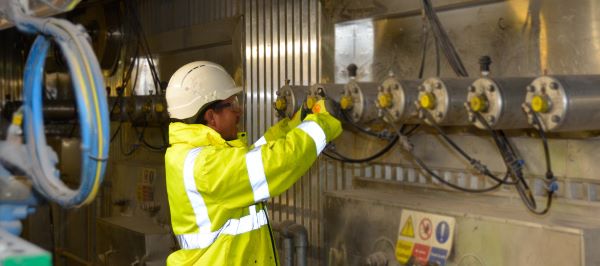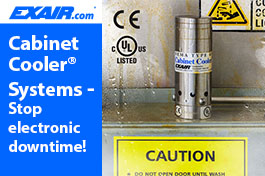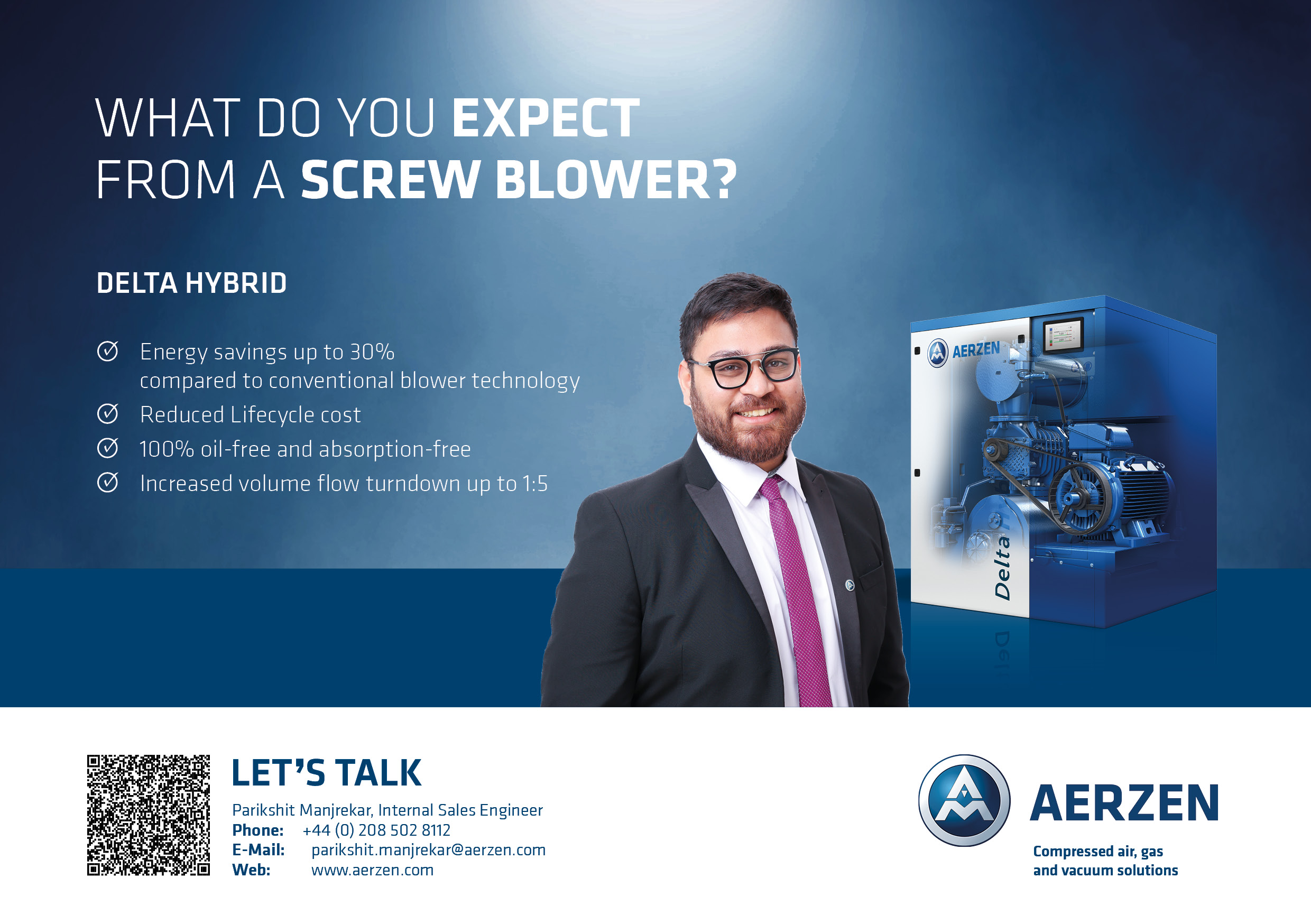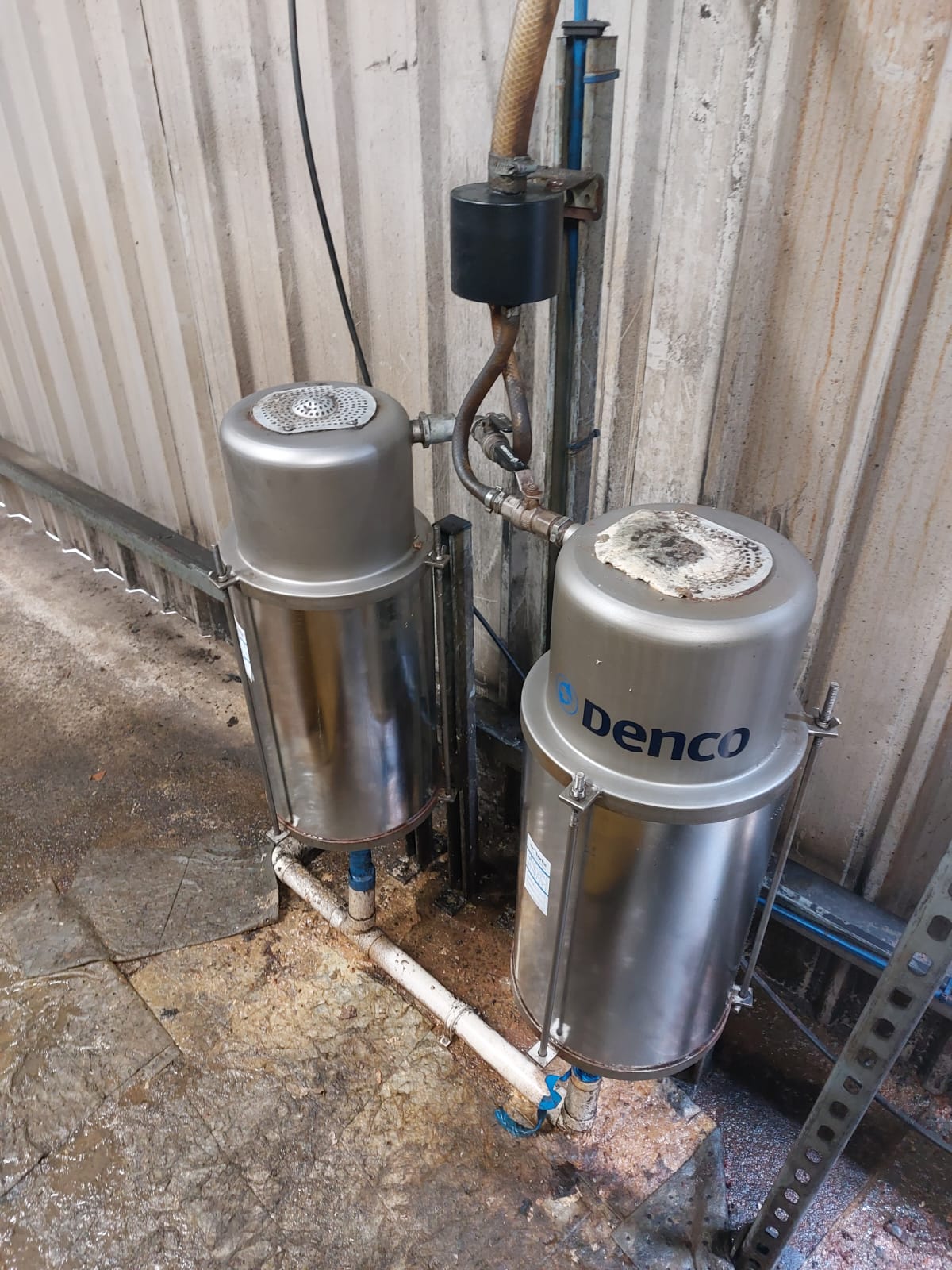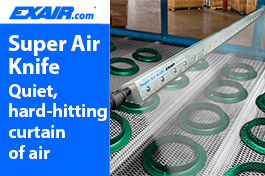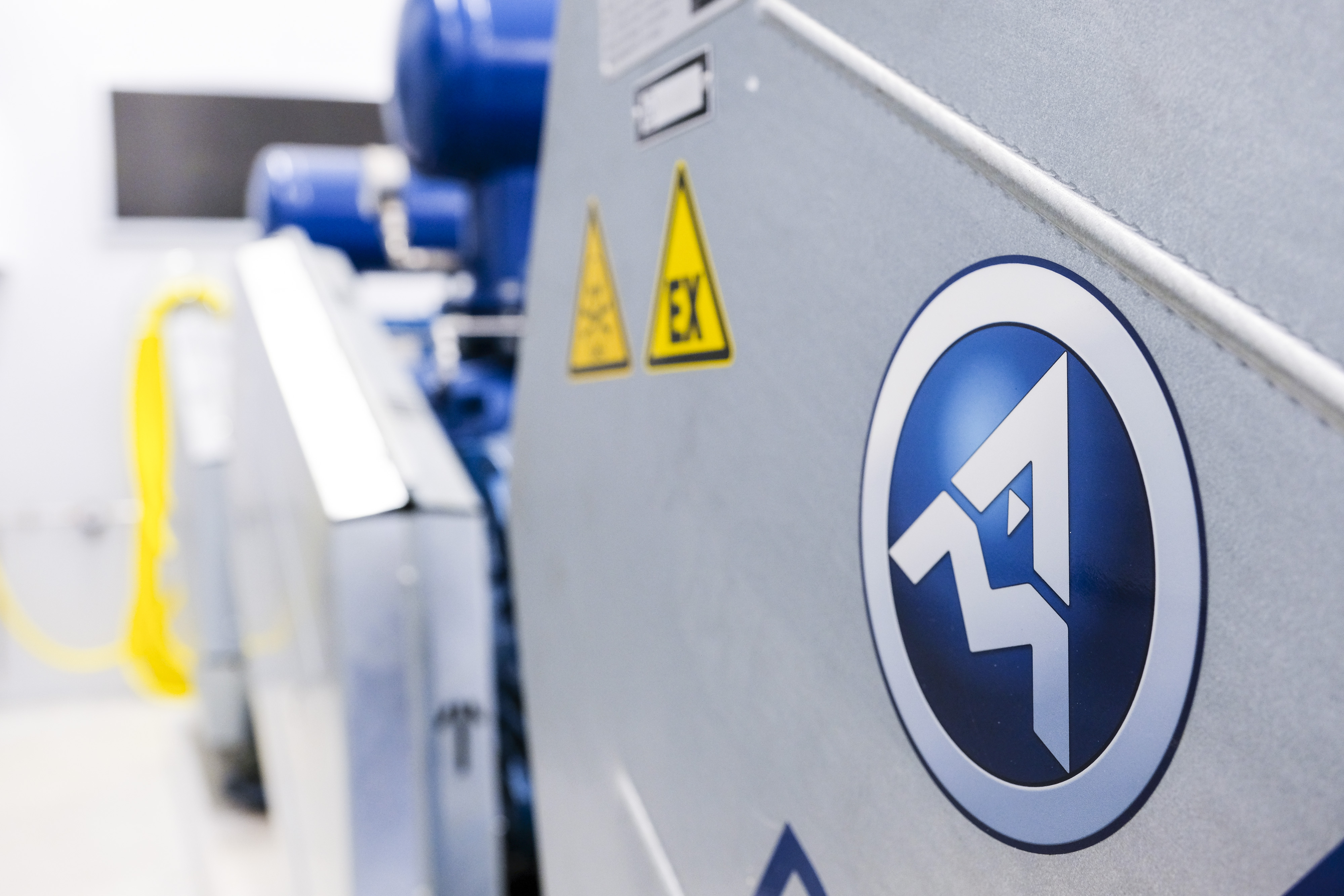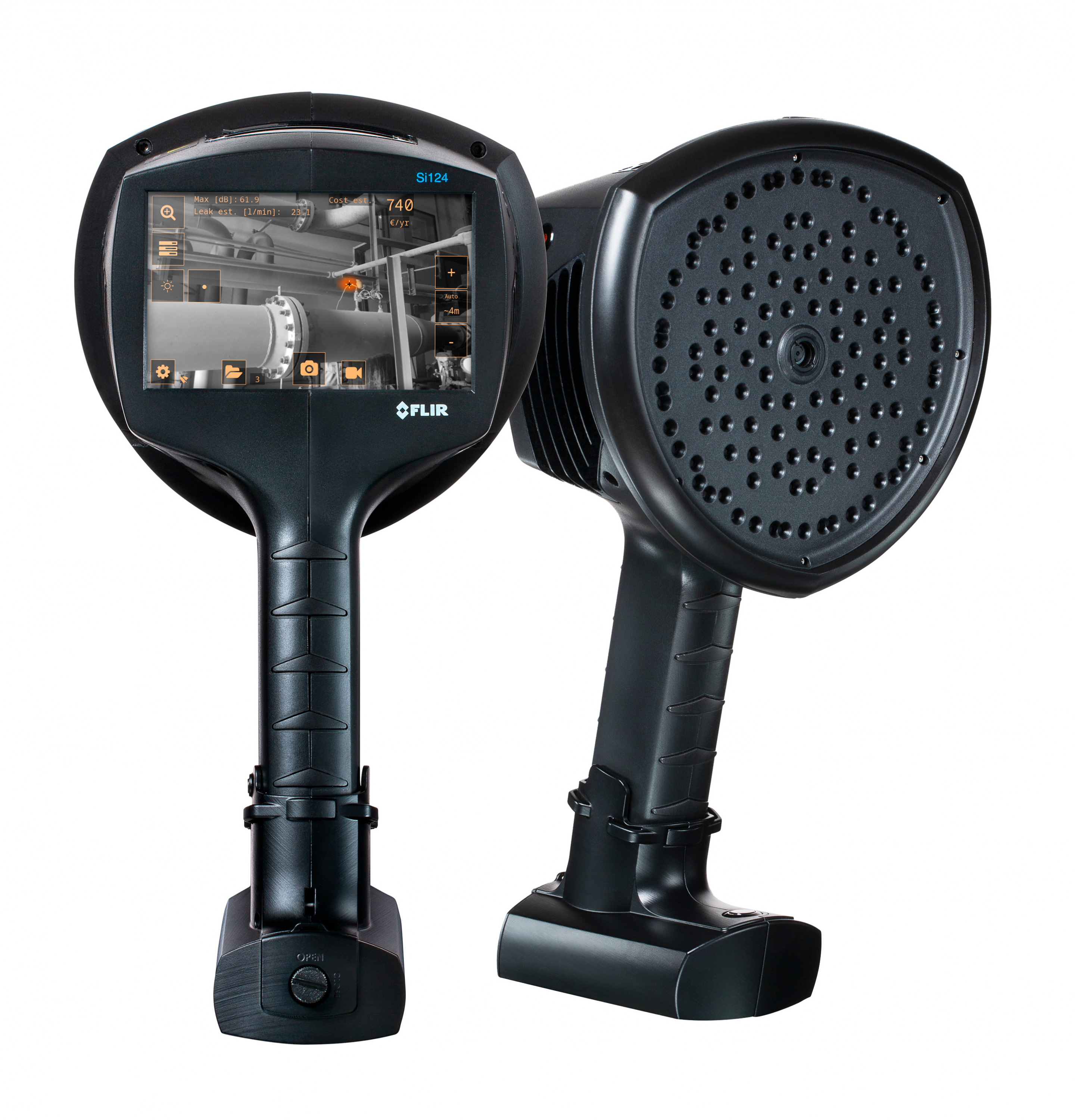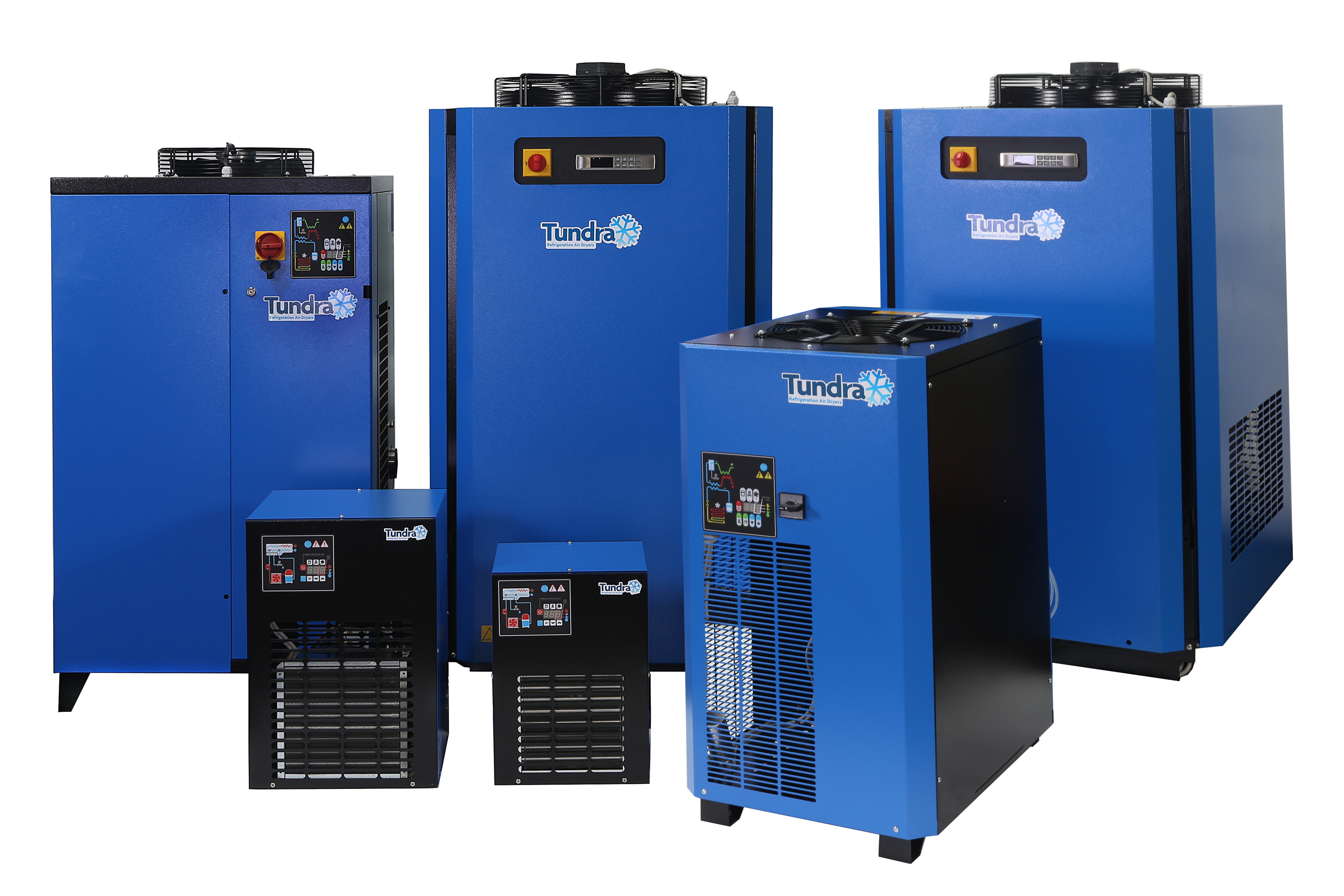Manufacturers face a £20,000 fine and, at worst, imprisonment, for failing to comply with regulations which cover the disposal of compressed air condensate. Yet many companies are unaware of the regulations and their responsibilities under it, warns Steve Boults, of compressed air and fluid power specialist Thorite. Here he explains how you can avoid putting both your finances and reputation at risk.
Almost all manufacturing processes use compressed air in their operations and condensate is a by-product of the compression process.
It is caused when the compressed air temperature decreases and turns back into a liquid, which contains contaminants such as lubricants, solid particles and airborne micro-organisms which were present in the compressed air.
Compressed air condensate is classified as hazardous waste and the legislation relating to its disposal is stringent. Companies which fail to comply can face fines of £20,000 and, in worse case scenarios, directors can face a prison sentence.
The solution to safely disposing of condensate – an oil/water separator - is simple and relatively low cost. Yet the number of compressed air users who do not employ one is surprisingly high.
We estimate that as many as 40% of compressed air plants fail to employ an oil/water separator, and a further 5% to 10% have one but fail to maintain it properly. This can apply to SMEs and multinationals alike.
The result is that toxic waste from their processes is draining to the ground and potentially making its way into waterways.
The legal ramifications and environmental implications alone should give companies pause for thought. But additionally, a compressor without an oil/water separator is also a compressor which is very likely to be performing inefficiently, as the build-up of oily condensate will eventually cause damage, leading to downtime and repair costs.
With the penalties for breaching the legislation so high it is essential that both company managers and operatives on the factory floor understand the regulations that govern condensate treatment and the steps they must take to meet them.
Safe disposal of condensate
Companies must handle all condensate and associated materials, from filters to spillage mats, in compliance with the Hazardous Waste (England and Wales) Regulations 2005.
This is as simple as installing an oil/water separator to separate the emulsified oil and waste water. Separators can cost as little as £100 and even at the larger end of the scale will only cost a few thousand pounds. They can also be retrofitted.
With relevant permissions, the waste water can then be drained to the foul sewer, while the oil collected must be removed by a registered Hazardous Waste Producer or Licensed Waste Carrier, usually on an annual basis.
If an oil/water separator is not fitted, this mix of pollutants is discharged into the compressor house drain and eventually makes its way into the nearest waste water system or, worse still, directly onto the compressor house floor where it drains to the ground outside. This activity is illegal.
The cost of failing to comply
If you have a compressed air system producing condensate, you are governed by a further two key pieces of legislation.
Water Resources Act 1991
This states that it is an offence to knowingly permit entry of toxic waste to surface or ground water. The penalty is a fine of £20,000 or more in a Crown Court.
Water Industry Act 1991
This sets out the administrative requirements relating to the discharge of the treated condensate water, such as gaining consent from the local sewerage service provider and provision of analysis data and records if requested.
It also states that under no circumstances can treated condensate water be discharged to open water such as rivers and streams, ground water or storm/rain water drains and that penalties for breaching the Act can result in fines of up to £20,000 and potential imprisonment for company directors.
The solution is straightforward - so why is the number of companies failing to fit an oil/water separator so high?
The main reason appears to be a genuine lack of awareness of the legislation, at all levels.
Management are unfamiliar with the law and consider oversight of the compressor house as belonging to the engineering or maintenance teams, while operatives might have inherited legacy equipment which never had a separator fitted, and have no cause to question the status quo. Therefore, responsibility falls between two stones.
Failing to comply with the regulations around condensate disposal presents a very real cost in terms of equipment efficiency, potential fines and professional reputation, not to mention the ethical implications of polluting the local environment.
Is that risk really worth the price of an oil/water separator?
www.thorite.co.uk

